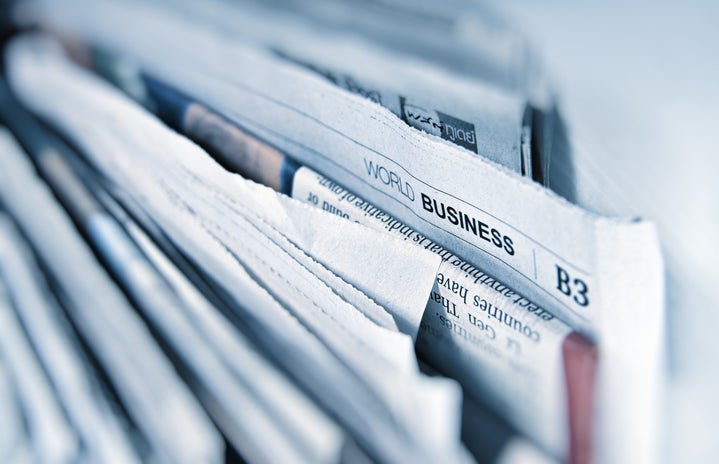Unicode, the company that brought emoji to the mainstream (side note; the plural of ‘emoji’ can be either ‘emoji’ or ‘emojis’, although I prefer the former), have announced the latest additions to the line-up, which includes (to the delight of disability rights campaigners) new emojis themed around disabilities. The company have also gotten to grips with other issues such as menstruation (which they depict as a drop of blood), and these new additions generally seem thoughtful and well-intentioned. In fact, their increasing scope came to mind as I read this announcement, and it caused me a bit of concern.
The latest chart from Unicode lists over 1700 emoji, not counting the varying skin tones available with some characters. That’s a lot, and the surprise comes from both the sheer volume of characters and the difference between the entire catalogue and the number of emoji I find myself using, even on a semi-regular basis. Perhaps I’m not the biggest fan of emoji, but I can’t imagine people making use of more than 100 emoji regularly, particularly when a good chunk of the catalogue is incredibly situational (such as the flag section). Also, my experience suggests the time of release appears to have an impact on how much an emoji is used – I find that the emoji I use most frequently have been in the selection for years, some from the time I began using emoji. Brand new emoji disappear into the expanding void of colourful pictures I casually swipe aside looking for the dog face.
This does worry me. It’s fantastic to add these options, but what good could there be in adding dozens of new characters if they’re unlikely to be used as heavily as the old favourites? These new emoji may have an added edge in facilitating discussions about subjects many find difficult to approach, but not all new additions can have such an advantage, and the effort that Unicode exert to discuss and design these new characters doesn’t initially seem to be even close to worth it when the emoji reach the keyboard only to remain largely unused. If you consider emoji as a language tool, it’s a tough question.
Then I fell upon an answer to my worries. Emoji are communicative, of course, but they’re more than that. They’re small, charming pieces of art reflecting what people talk and think about, and they capture the issues that are bugging people at the precise moment they’re designed. Disability-themed emoji aren’t being added simply because people find it tricky to discuss disability comfortably – the issue is one of representation, as it is in much of the media right now. If we’re considering disability (and, in the case of the period blood drop, women’s) issues, as we should be and thankfully are, then they merit space on the emoji chart, cementing their position in the national conversation. Even if some of these new additions don’t break into the infamous group of well-used emoji, their very presence will draw some attention to the communities and issues they signify.
These new emoji should become available by the second half of 2019, though the precise date depends on the manufacturer of your phone. Watch out for them!



